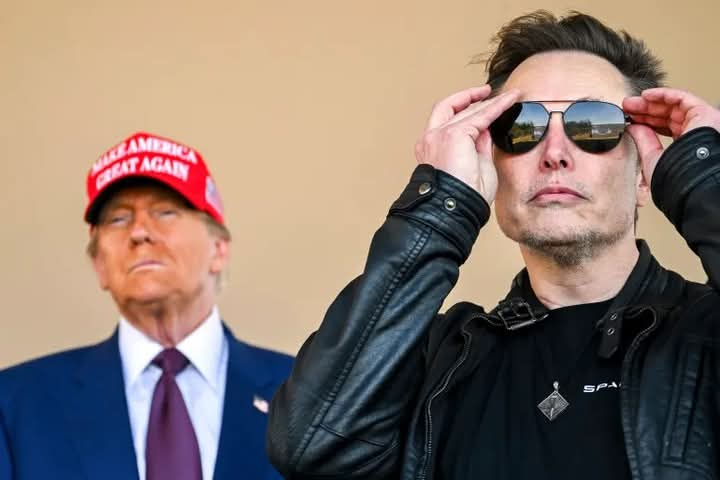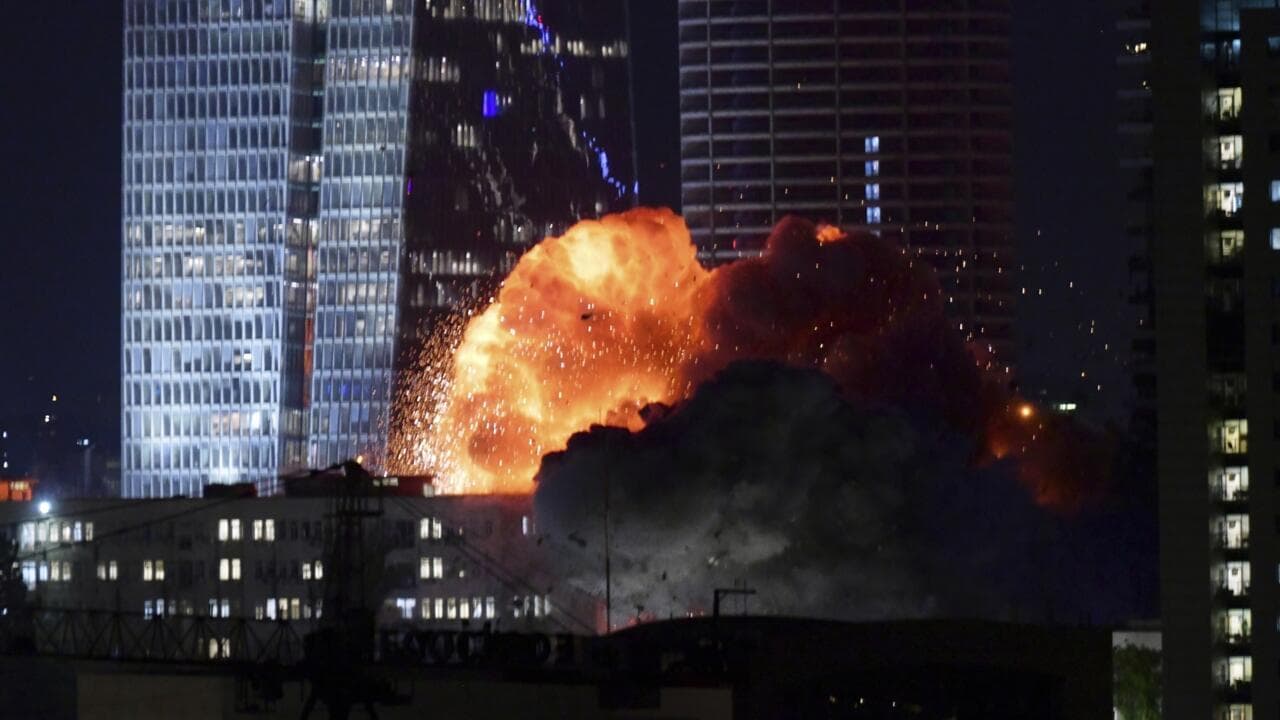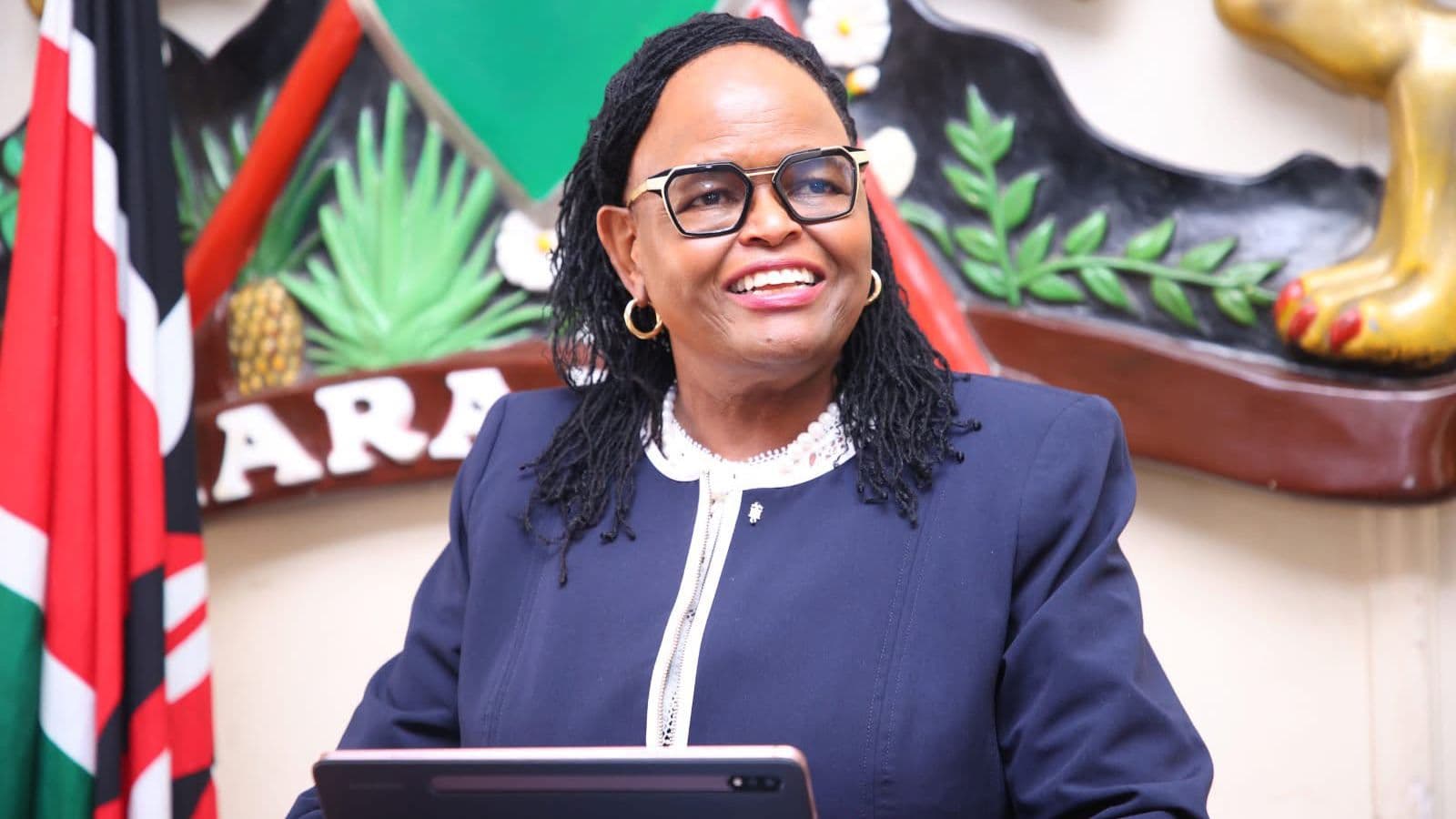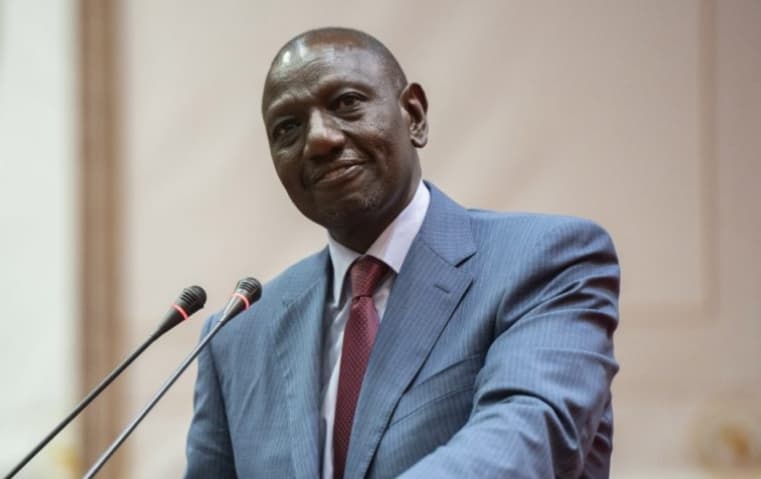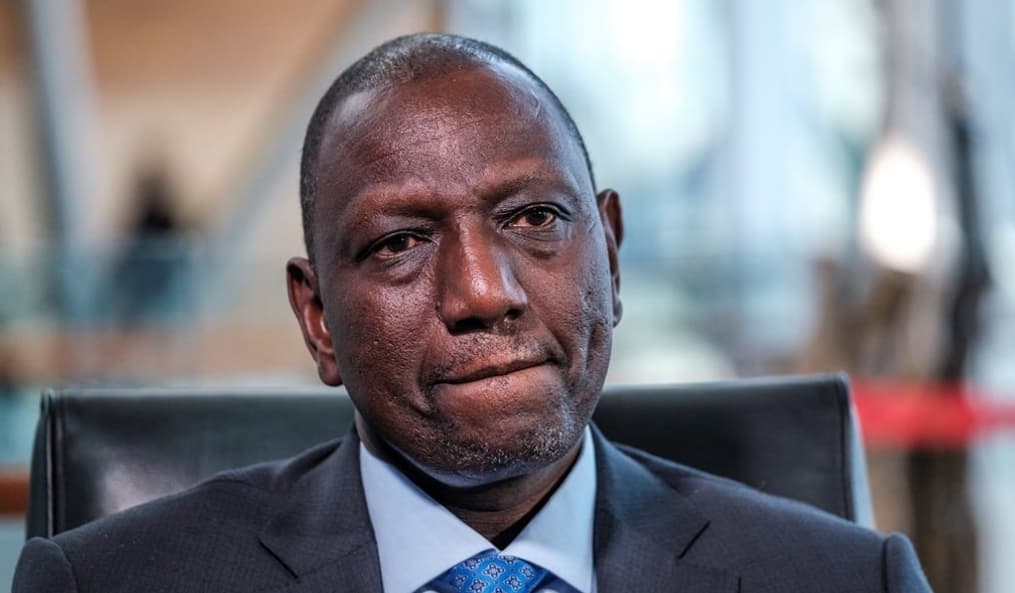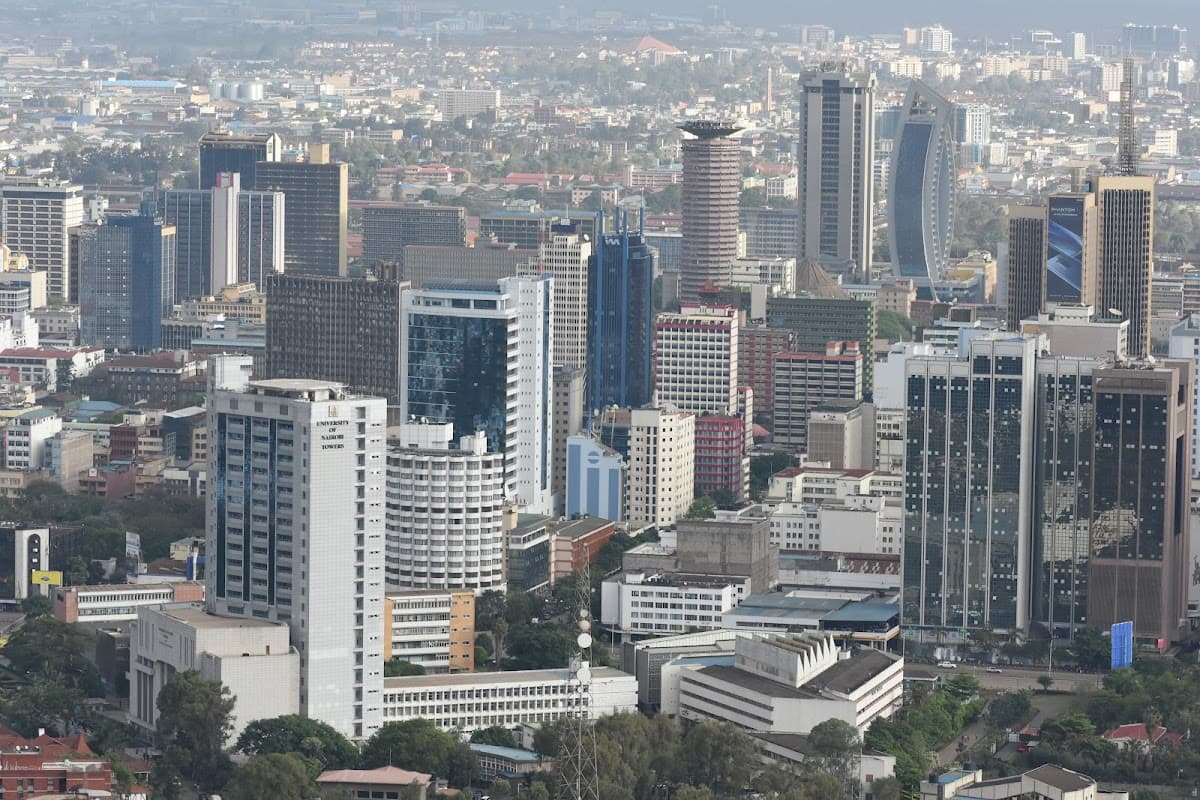President Donald Trump's administration and his billionaire ally Elon Musk, who is running a budget-cutting Department of Government Efficiency (D.O.G.E) have targeted USAID hardest so far in an unprecedented challenge of the federal government and many of its programs.
The administration told remaining USAID officials on Thursday afternoon that it planned to exempt 297 employees from global leave and furloughs ordered for at least 8,000 staffers and contractors, according to USAID staffers and officials.
Late that night, a new list was finalized of 611 employees to remain on the job, many of them to manage the return home of thousands of staffers, contractors and their families abroad, the officials said. Justice Department lawyer, Brett Shumate, confirmed the 611 figure in court.
The USAID officials and staffers spoke on condition of anonymity due to a Trump administration order barring them from talking publicly.
Some of the remaining staffers and contractors, along with an unknown number of 5,000 locally hired employees abroad, would run the few life-saving programs that the administration says it intends to keep going for now.
It was not immediately clear whether the reductions would be permanent or temporary, potentially allowing more workers to return after what the Trump administration says will be a review of which aid and development programs it wants to resume.
Trump and Musk have spoken of moving surviving programs under the State Department.
Within the State Department itself, employees fear substantial staff reductions following the deadline for the Trump administration’s offer of financial incentives for federal workers to resign, according to officials who spoke on condition of anonymity for fear of reprisal. A judge temporarily blocked that offer and set a hearing Monday.
At USAID, among the programs officials said had not received waivers: $450 million in food grown by U.S. farmers sufficient to feed 36 million people, which was not being paid for or delivered; and water supplies for 1.6 million people displaced by war in Sudan’s Darfur region, which were being cut off without money for fuel to run water pumps in the desert.
The administration earlier this week gave almost all USAID staffers posted overseas 30 days, starting Friday, to return to the U.S., with the government paying for their travel and moving costs.
Diplomats at embassies asked for waivers allowing more time for some, including families forced to pull their children out of schools midyear.
In a notice posted on the USAID website late Thursday, the agency clarified that none of the overseas personnel put on leave would be forced to leave the country where they work.
But it said that workers who chose to stay longer than 30 days might have to cover their own expenses unless they received a specific hardship waiver.
Since the Department of Government Efficiency leader Elon Musk threatened to shut down the US Agency for International Development (USAID) last Monday, there has been a flurry of queries regarding its “wasteful” expenditures, where money was reportedly channeled to companies, businesses, and organizations like the WEF, without accountability.
Alarm has been raised on several questionable instances where the US Agency for International Development (USAID) spent taxpayer’s funds, including a $68.3 million funding to the World Economic Forum.
USAID supporters argue that these funds were directed toward initiatives aimed at fostering economic development, trade, and public-private partnerships worldwide.
One user listed programs that could have been funded by USAID, which include boosting agriculture in Sub-Saharan Africa. The initiative reportedly generated $2.3 billion in private-sector investment, benefiting over 10 million farmers and creating nearly 88,000 jobs.
Another project mentioned was the Global Alliance for Trade Facilitation, purported to have received $13 million from 2015 to 2022 to help reduce global trade barriers and foster economic growth.
The Enterprises for Development, Growth, and Empowerment (EDGE) Fund was also planned to receive $50 million to mobilize private sector resources for global development challenges through public-private partnerships.
An insider told JULISHA that the USAID does not account for most of its expenditure, so it’s rather more speculative than true to say the funds really went towards the initiatives.
